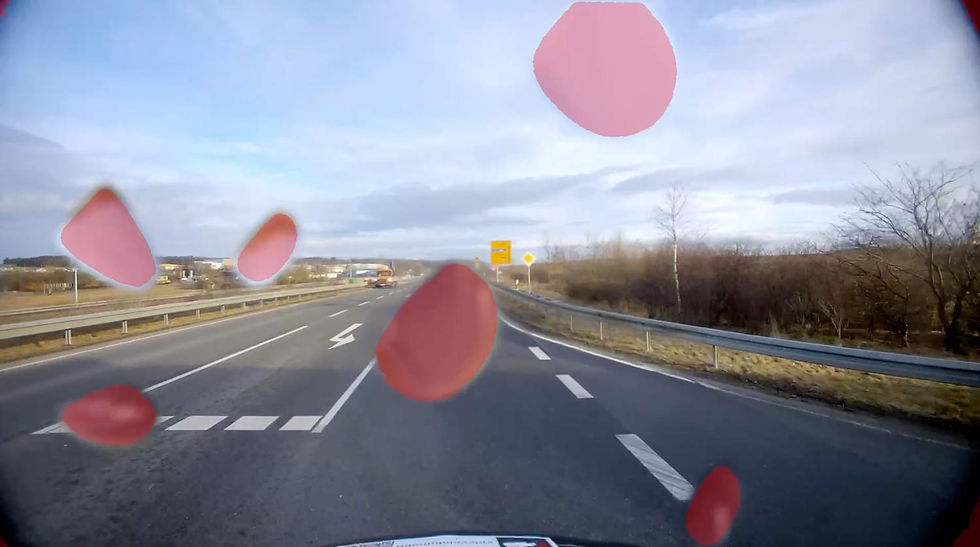Features
VISIONAIRY® integrates data from multiple sensor modalities to ensure reliable operation under all environmental conditions.
Our advanced sensor fusion algorithms significantly reduce drift compared to standalone visual or inertial estimation. This ensures precise and reliable trajectory estimation, even during extended operations in GPS-denied environments.
Visual Cameras - High-resolution RGB imaging for feature detection and tracking
Thermal Imaging - Infrared sensing for night operations and through-obstacle detection
Inertial Measurement - Precision motion tracking independent of external references
Onboard Computing - Executes the VIO pipeline in real-time.


visionairy®
visual inertial Odometry - IR | EO
Modern UAVs and ground robots often operate in environments where GNSS is unavailable, unreliable, or disrupted such as indoors, urban canyons, deep valleys, or under jamming conditions. Visual-Inertial Odometry - IR | EO (VIO) enables precise motion estimation by fusing camera imagery and IMU data, ensuring reliable localization in these challenging scenarios.
Why Visual Inertial Odometry- IR | EO?
Our Visual Inertial Odometry - IR | EO (VIO) algorithm provides a robust localization fallback in GNSS-denied environments. Its innovative design allows it to operate efficiently on various camera sensors with minimal CPU and memory usage.
GPS-Independent Localization
Efficient Performance
Robust Motion Estimation


See how it works
Benefits
GNSS-Independent Localization
Provides a robust fallback solution using only passive sensors, ensuring reliability even in GNSS-challenged environments.
Efficient Performance
Operates seamlessly on low-power hardware, making it ideal for resource-constrained platforms.
Enhanced Accuracy with Visual Odometry
Can be seamlessly combined with visual odometry to further improve positional accuracy and update rate.
These performance metrics are for demonstrative purposes only, based on configurations with proven results. Actual performance may vary by setup. Our algorithms are optimized for use with any chip, platform, or sensor. Contact us for details.
update rate
Up to 200 Hz
initialization time
<1 second
Maximum Velocity
20 m/s with full accuracy
Operating Range
Unlimited (environment-dependent)
Drift
<0.1% of distance traveled
Supported companion hardware
Nvidia Jetson, ModalAI Voxl2 / Mini, Qualcomm RB5, IMX7, IMX8, Raspberry PI
Supported flight controllers
PX4, APX4, Ardupilot
Basis-SW/OS
Linux, Docker required
Interfaces
ROS2 or Mavlink
Interfaces
ROS2 or Mavlink
Input - Sensoren
• Any type of camera (sensor agnostic)
• Any type of global orientation (optional)
Input - Data
• Any type of camera (sensor agnostic)
• Any type of IMU
• GNSS position data for intial position referencing
• In case of aerial vehicles: current flight altitude
• Intrinsic & extrinsiv sensor calibration
Output - Data
• Real-time visual position estimate
• Accurate metric 3D velocity estimate
Minimum
Recommended
RAM
2 GB
4 GB
Storage
20 GB
50 GB
Camera
640 x 480 px, 10 FPS
1920 x 1080 px, 30 FPS
IMU
100 Hz
300 Hz
The information provided reflects recommended hardware specifications based on insights gained from successful customer projects and integrations. These recommendations are not limitations, and actual requirements may vary depending on the specific configuration.
Our algorithms are compatible with any chip, platform, sensor, and individual configuration. Please contact us for further information.





